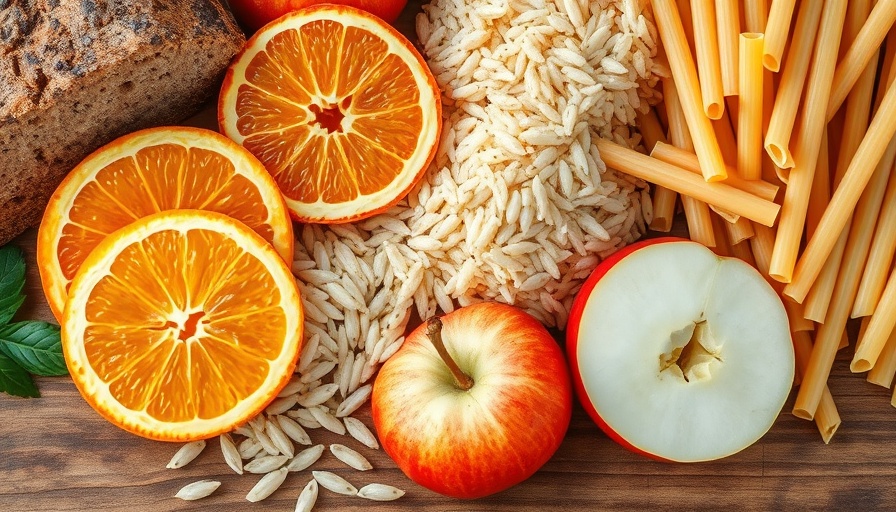
Understanding the Glycemic Index and Load for Healthier Eating
Have you ever wondered how the foods you eat affect your blood sugar levels? Understanding the glycemic index (GI) and glycemic load (GL) can be quite a revelation for those looking to improve their diet and overall health. Residents of Fresno, California, are increasingly aware of the essential role nutrition plays in daily life, especially in a community that celebrates health and wellness as part of its vibrant culture.
What Are Glycemic Index and Glycemic Load?
The glycemic index measures how quickly a carbohydrate-containing food raises blood glucose levels compared to pure glucose. Foods with high GI values (70 and above) raise blood sugar levels rapidly, while those with low GI values (55 and below) lead to a gradual increase. For instance, foods like white bread and sugary cereals score high on the GI, making them less desirable for maintaining balanced energy levels.
On the other hand, glycemic load takes it a step further by estimating the overall blood sugar impact of a typical serving of food. It considers both the quality (GI) and quantity of available carbohydrates. A food with a high glycemic load can spike blood sugar levels, even if it has a low GI.
Why This Matters for Fresno Residents
In a place like Fresno, where agriculture shapes our identity, choosing foods with lower gi and lower gl can promote healthier living. By opting for whole grains, fruits, and vegetables, you can stabilize not just your blood sugar but your mood and energy levels too. Local farmers’ markets provide an opportunity to buy fresh foods that contribute to a healthier glycemic response.
Practical Tips to Manage Glycemic Index
Here are some practical insights to help navigate your diet with the glycemic index in mind:
- Choose Whole Foods: Incorporate more whole grains, legumes, fruits, and vegetables into your daily meals. These foods tend to have a lower GI.
- Combine Foods: Eating carbohydrate-rich foods with protein, fiber, or healthy fats can lower the overall glycemic response.
- Watch Portions: Even low-GI foods can raise blood sugar if eaten in large amounts. Keep an eye on serving sizes.
- Experiment with Cooking Methods: The method of cooking can affect a food’s glycemic index. For instance, al dente pasta has a lower GI than soft-cooked pasta.
Debunking Common Misconceptions
One common misconception about the glycemic index is that it is the only measure of food quality. While it provides useful information, it does not reflect the full picture of a food’s nutritional value. It’s essential to evaluate the whole food, including vitamins and minerals, before drawing conclusions.
Cultural Connections to Glycemic Understanding
For many in Fresno, food is intertwined with culture and community practices. Traditional dishes from various cultures can often be adapted to include lower GI foods, making eating both a celebration of heritage and wellness. Allowing local chefs to creatively incorporate these principles can help bridge the gap between health and tradition.
Future Trends in Nutrition
As dietary awareness continues to rise, expect to see more local initiatives encouraging the consumption of low-GI foods. Nutrition workshops and community events focused on these aspects not only educate but also empower individuals to take control of their health.
In conclusion, understanding the glycemic index and load can significantly enhance your dietary choices, leading to better blood sugar control and overall wellbeing. Whether you're at a local restaurant or enjoying homemade meals, small changes in how you view food can make a big difference.
Join the ongoing conversation about healthy eating in our community! Discover ways to improve your health through a better understanding of the glycemic index and load, and engage with local resources that support wellness.
 Add Row
Add Row  Add
Add 



Write A Comment